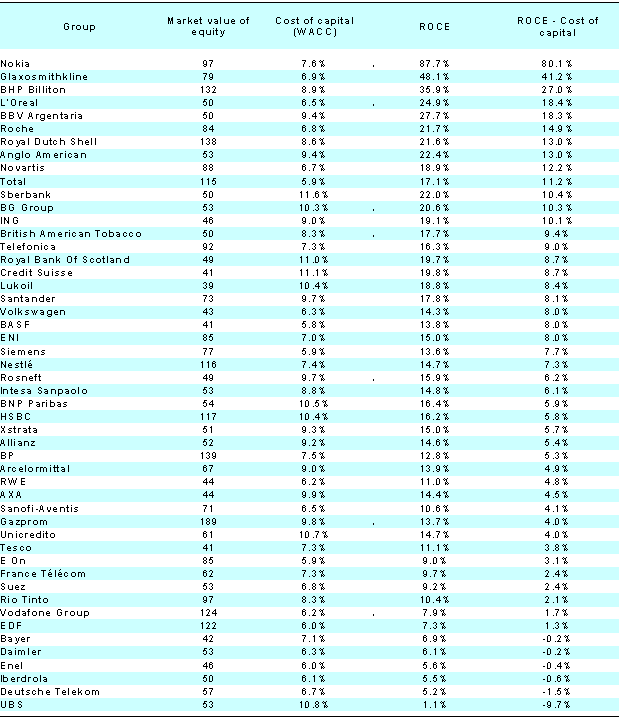(1) The US standard on financial instruments was in fact introduced into IAS, in the early 2000s, without any real debate.
(2) Declaration of the European Commission on June 13, 2000, followed by the European Regulation of December 13, 2001.
(3) Equivalent to the annual financial report in the meaning of the European Transparency Directive.
(4) Regulation S-X sets the framework for accounting rules, and for the form and content of financial statements to be published in application of the provisions of the US regulations (Securities Act 1933, Securities Exchange Act 1934,…).
(5) Securities and Exchange Commission 17 CFR Parts 210, 230, 239and 249 “Acceptance from foreign private issuers of financial statements prepared in accordance with international financial reporting standards without reconciliation to US GAAP”.
(6) This information has been further developed since the implementation of the provisions of FIN 48 Accounting for Uncertainty Tax Positions.
(7) The SEC’s staff has received feedback from different issuers (in the form of responses to specific questions on the treatment chosen and the justification for their compliance with IFRS). These exchanges can be consulted on the la SEC’s website (
www.sec.gov/divisions/corpfin/ifrs_reviews.htm).
(8) International Organization Securities Commissions (Organisation of national stock market regulators).
(9) Decision, made official by the IASB on June 25, 2006 not to plan any major amendments of the stable platform before the 2009 financial year
(10) EFRAG Endorsement report of July 9, 2007.
(11) Press Release of June 24, 2007 by Pervenche Beres and Alexandre Radwan.
(12) He noted that it would be logical to offer this possibility to US issuers while foreign issuers listed on the same markets complied with IFRS
(13) Especially the Securities Act of 1933 section 19 [77s].
(14) Georgia Tech Financial Analysis Lab:Financial Statement Comparability in a Principles-Based reporting environment: a look at the statement of cash flows (May 2007).
(15) Press release dated July 2, 2007.
(16) Public Company Auditing Oversight Board.
(17) PCAOB auditing Standard N°5 “an audit of internal control over financial reporting that is integrated with an audit of financial statements”.
(18) SEC 23 May 2007 “New guidance for compliance with Section 404 of Sarbanes-Oxley.

